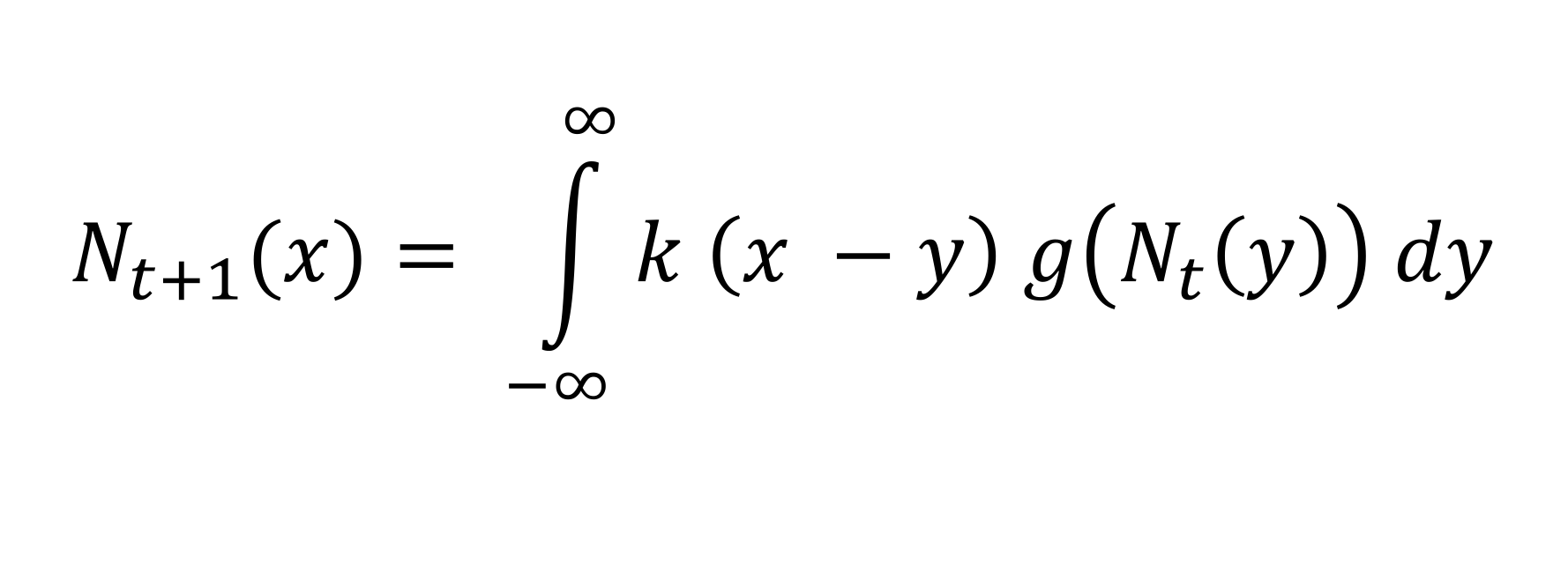As climate changes, species’ ability to spatially track suitable climate depends on their capacity to spread (or migrate), a function of their population growth and dispersal capacity. Migration lags can ameliorate the climate experienced at species’ expanding range edges as conditions become increasingly similar to those of the range core. When this boosts species’ growth rates, migrations accelerate.
As part of my Ph.D. work, I used simulations of a spreading population with an annual life history to explore the consequences of variation in demography across climatic gradients for the dynamics of climate induced range shifts. In line with previous theory, I found that climate amelioration following a migration lag can enable species to accelerate their migration and potentially reach the climate velocity. Species with high dispersal capacity require less climatic amelioration and experience smaller range contractions during climate change than species with lower dispersal.
Acceleration of migration due to climate amelioration can interact with acceleration due to dispersal evolution, and do so in sometimes complex ways such that cause the spread velocity to transiently exceed the climate velocity. Climatic amelioration can also accelerate the spread of populations adapted to local climatic conditions. However, competitive interactions shape the spread dynamics of single, locally-adapted genotypes. High densities of cold-adapted genotypes towards the leading range edge of a species can block the spread of warmer-adapted genotypes from the core of the range. This can lead to the extinction of genotypes adapted to range-core conditions, which in turn can reduce competition and thereby accelerate the spread of genotypes adapted to the warm conditions of the trailing range edge. In some cases, spread acceleration of these warm-adapted genotypes following competitive release can transiently exceed the climate velocity, leading to an expansion of the genotypes’ distributional range.
In sum, failing to account for the acceleration of migration due to climate amelioration can lead to erroneous conclusions about species capacity to spatially track suitable climate.
